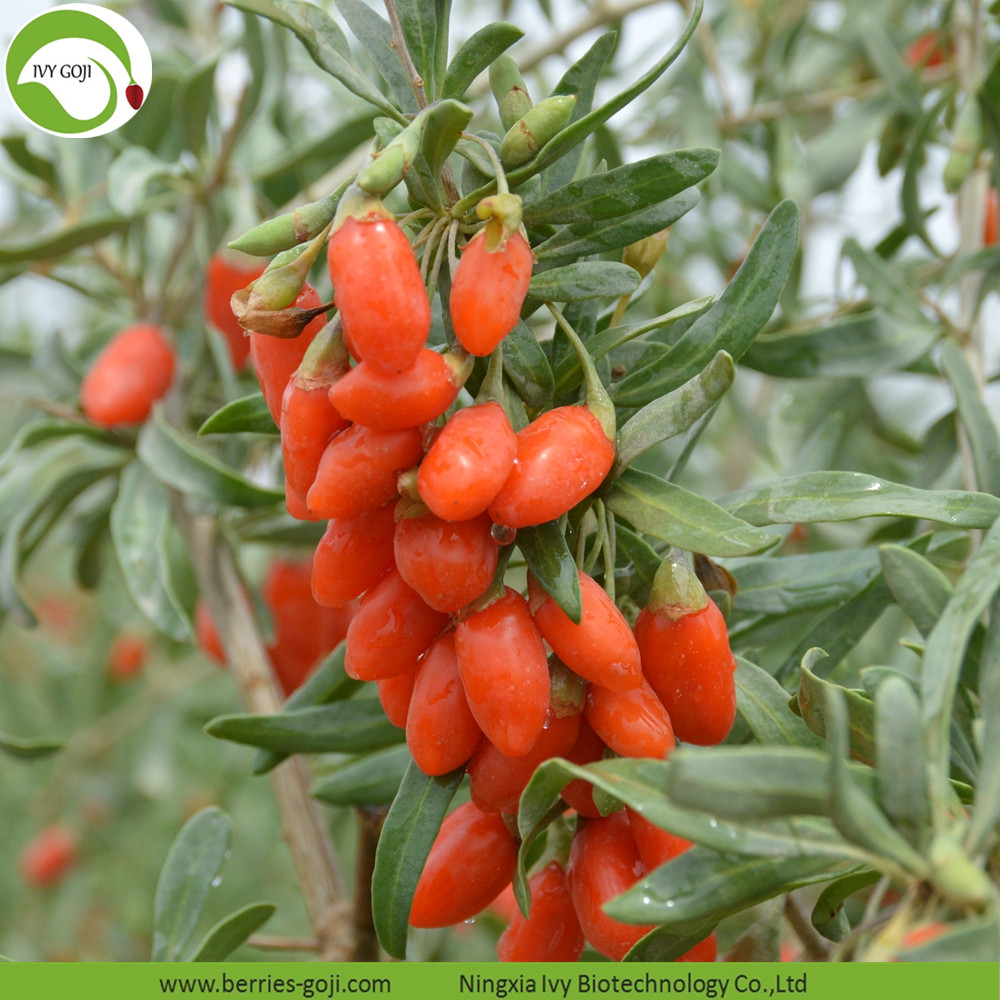Goji Berry for EU market, products also come from organic management controlled planting bases, only these goji berries are available to be EU compliant.
Modern pharmacology study proves goji berry can adjust the body's immune function, can effectively inhibit tumor growth and cell mutation and anti-aging, anti-fatty liver, regulate hematic fat and blood sugar, promote hematopoietic function, etc, and applied in clinical.

Eu Standard Goji Berries,Low Pesticide Dried Goji Berry,Medicinal Goji Berry,High Standard Goji Berry
NINGXIA IVY BIOTECHNOLOGY CO.,LTD , http://www.berries-goji.com